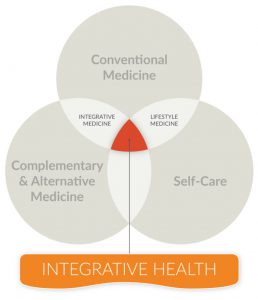The COVID pandemic has put a halt to or severely altered many aspects of our lives.

Many of the decisions made about where we are permitted to go and what we are permitted to do is predicated on the results of COVID data collected in our communities. Although this information is readily available to us via multiple sources, do we really fully comprehend it?
Some of the information gathered can be difficult to interpret while other statistics, when received out of context, can be misleading. Below are some insights to help you navigate the constant stream of COVID data.
The first thing to remember is that overall case counts don’t often provide an accurate picture of the situation. While overall information on the total number of positive cases in a given city or state can offer some insight of the level of transmission, it’s only valid if enough people are being tested. If we are testing more people, we will obviously identify more COVID positive individuals.
Instead, the better statistic to look at is the positivity rate in a given area. This data measures the percentage of total tests conducted that come back positive. According to the World Health Organization (WHO), an ideal positivity rate should be less than 5%.
Another thing to point out is to not focus on a single day’s data. This is because some local and state jurisdictions don’t report data on the weekend and submit all weekend data collectively. This can create unrealistic peaks and valleys in daily reporting. Instead, experts suggest you review what’s referred to as a “Seven Day Rolling Average”. This data takes each day’s number and averages it with the previous six days to provide a more accurate account of the prevalence of the virus.
Lastly, there is a great deal of information out there. While staying well-informed is very important, it is equally as important to only use reliable sources.
We hope these tips will help you better navigate COVID data and make informed decisions to ensure your safety and that of your loved-ones.
All content of this newsletter is intended for general information purposes only and is not intended or implied to be a substitute for professional medical advice, diagnosis or treatment. Please consult a medical professional before adopting any of the suggestions on this page. You must never disregard professional medical advice or delay seeking medical treatment based upon any content of this newsletter. PROMPTLY CONSULT YOUR PHYSICIAN OR CALL 911 IF YOU BELIEVE YOU HAVE A MEDICAL EMERGENCY.









